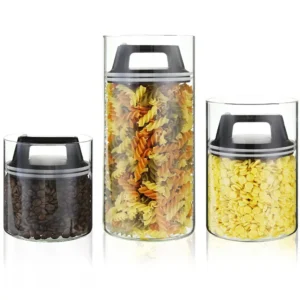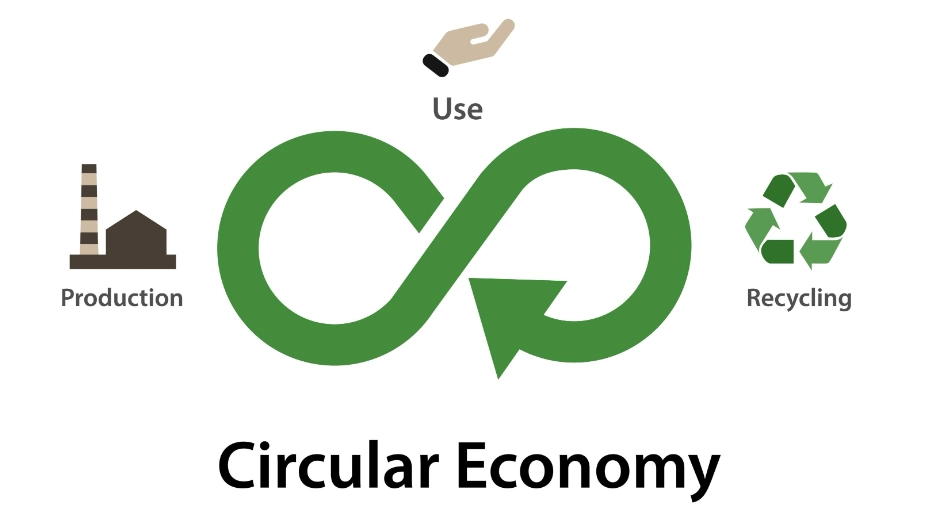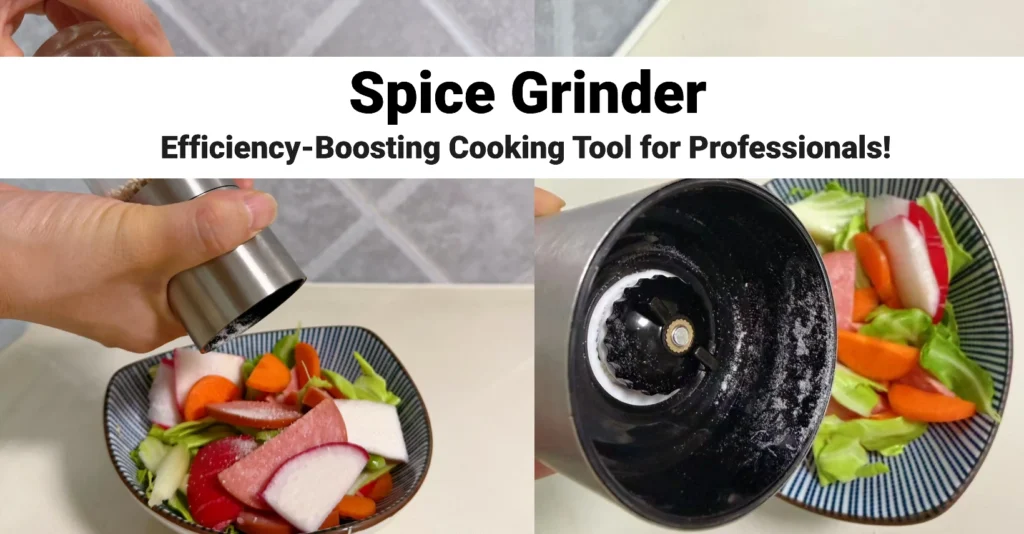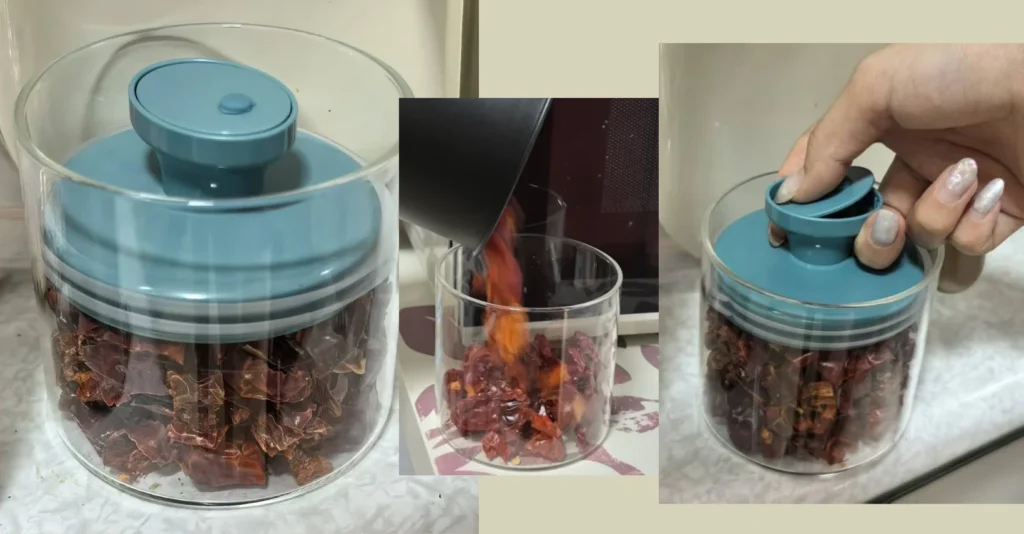Can You Freeze Food in Glass Containers? The Truth Revealed
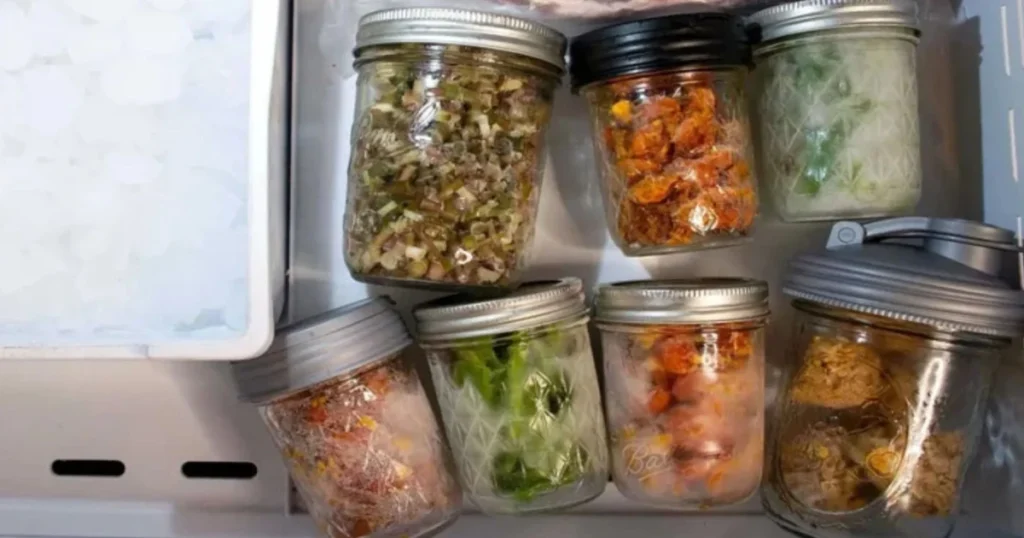
Why choose glass for freezing?
- Non-Toxic & Chemical-Free – Glass doesn’t leach harmful chemicals (like BPA or phthalates) into food, unlike some plastics.
- Preserve Freshness & Flavor – Glass is non-porous, preventing odors and flavors from being absorbed.
- Stain-Resistant – Unlike plastic, glass doesn’t retain stains from strongly colored foods (e.g., tomato sauce or turmeric).
- Microwave & Oven Safe – Glass can go from fridge to microwave or oven without warping or releasing toxins.xx
- Eco-Friendly & Recyclable – Glass is 100% recyclable and lasts longer than plastic, reducing waste.
- Easy to Clean – Resists scratches and doesn’t harbor bacteria as easily as plastic.
- Clear Visibility – Allows easy viewing of leftovers without opening the lid.
- Maintains Temperature Better – Glass retains cold (and heat) more effectively than thin plastic.
The main concern: Why can glass break in the freezer
Temperature changes:
Glass is sensitive to temperature changes. If the glass container has just been put directly into a low-temperature environment (refrigerated or frozen) from a high temperature (such as dishwasher, or hot water cleaning), the glass will cause stress due to different shrinkage rates, which may lead to cracks or fragmentation.

The solution:
Avoid placing hot glass boxes directly in the refrigerator and allow them to cool to room temperature first. Do not rinse or heat with hot water immediately after removing from the refrigerator.
Choosing and Preparing Glass Containers for the Freezer
What types of glass are best for freezing?
The best types of glass for freezing are those designed to withstand temperature changes and the potential expansion of food. Here are the key types:
Borosilicate Glass:
This type of glass is highly resistant to thermal shock due to its composition, which includes boron trioxide. It can handle significant temperature changes without cracking or shattering, making it ideal for freezer use and even going from freezer to oven (once the food is thawed). Many high-quality freezer-safe glass containers are made from borosilicate glass.
Tempered Glass:
While stronger than standard annealed glass, tempered glass is still susceptible to thermal shock if temperature changes are too rapid or extreme. However, some freezer-safe glass containers are made from tempered glass and are designed to handle freezing temperatures safely. It’s crucial to check if the manufacturer specifically labels the tempered glass as freezer-safe.
Specifically Labeled “Freezer-Safe” Glass:
Regardless of the specific type of glass, the most reliable indicator is whether the manufacturer explicitly states that the product is “freezer-safe.” These products have been tested and designed to withstand the stresses of freezing temperatures.
Freezing Glass Comparison
Borosilicate glass vs. soda glass
1. Resistance to Thermal Shock (Sudden Temperature Changes):
- Borosilicate Glass: Exhibits high resistance to cracking or shattering due to rapid temperature changes (e.g., going from room temperature to freezer).
- Soda Glass: More susceptible to cracking or shattering when exposed to rapid temperature changes. Requires careful handling.
2. Strength and Durability:
- Borosilicate Glass: Generally stronger and more durable, better able to withstand the stresses of freezing and thawing.
- Soda Glass: Typically less strong and more prone to breakage under stress.
3. Risk of Breakage During Freezing:
- Borosilicate Glass: Lower risk of cracking or shattering due to freezing temperatures and food expansion (when proper headspace is left).
- Soda Glass: Higher risk of cracking or shattering due to temperature changes and food expansion. Requires careful attention to headspace and temperature transitions.
4. Manufacturer Labeling for Freezer Safety:
- Borosilicate Glass: Often labeled as freezer-safe due to its inherent properties. Always check the specific product label.
- Soda Glass: May be labeled as freezer-safe if specifically treated or designed for it. Crucially important to check the label.
5. Overall Recommendation for Freezing:
- Borosilicate Glass: Generally, the better and safer option for freezing due to its superior resistance to thermal shock and durability.
- Soda Glass: This can be used for freezing with caution if specifically labeled as freezer-safe and with careful attention to headspace and temperature changes.
Freezer-safe glass containers you can choose
How to freeze glass, step by step
Step 1: Choose the right glass container
Check the material: high borosilicate glass is preferred.
Confirm tightness: Make sure the lid has a silicone sealing ring to prevent leakage and odor.
Matching capacity: Choose the right size according to the amount of food to avoid overfilling (leave 1~2cm space).
Step 2: Food preparation
Hot food: Cool to room temperature first (avoid hot air condensation, resulting in spoilage or box burst).
Liquid (such as soup, or sauce): ensure that the temperature is not hot (≤40℃) before loading.
Fresh meat/seafood: It can be divided into small portions in advance for easy access.
Step 3: Store in clean containers
Dry the water stains in the box to avoid frosting or bacterial growth.
Lay solid foods (e.g., meals, fruits) flat to reduce air exposure.
Fill liquid/semi-liquid food (such as soup, yogurt) until 8 minutes full, leaving room for expansion when freezing.
Step 4: Seal the glass jar
Press on all sides of the lid to make sure the seal is fully fitted.
Box with latches: Fasten all latches (such as four-sided latches).
Check for air leakage: Shake gently to see
Step 5: Put in the refrigerator for scientific display
Cold storage area (below 4℃) :
Put cooked food and ready-to-eat foods on the upper layer, and put raw meat and seafood on the lower layer (to prevent cross-contamination).
When stacked, the weight is under, and the light box is on top to prevent crushing.
Freezing zone (below -18℃) :
Vertical or flat to avoid excessive stacking, which affects cooling efficiency.
New food goes in and old food goes out (first in, first out).
Step 6: Suggestions for subsequent use
Defrost: Frozen food in advance into the freezer and slowly defrost, or directly in the microwave (high borosilicate glass).
Cleaning: After use, remove the seal ring and thoroughly clean it, ventilate, and dry it before storing it.
Tips for Freezing Food in Glass Jars: What You Need to Know
Don’t overfill containers
A proper headspace ensures safe freezing, prevents breakage, and preserves food quality. Avoid overfilling containers when freezing food in glass jars; leave approximately 1 inch of headspace at the top to allow for food expansion as it freezes.
Freeze liquids in flatter containers
Use flatter containers rather than tall, narrow ones when freezing liquids. Liquids can freeze more rapidly and uniformly in flatter containers, which lowers the chance of breakage from expansion.
Consider using freezer bags inside glass
Using freezer bags inside glass containers helps prevent breakage, allows for easy food removal, and saves space. Ensure to leave room for expansion in the bag for safe freezing.
Handle with care during temperature changes
Glass containers should always be handled carefully when the temperature changes. Avoid abrupt changes in temperature from hot to cold or the other way around to avoid thermal shock, which can shatter or crack glass.

Can you freeze glass jars? Freezing in Glass Made Easy
Freezing food in glass containers makes life more delightful. They offer a stylish and practical way to preserve food, keeping it fresh and flavorful for longer. With their durable construction and airtight seals, these jars ensure that your homemade delights remain safe from freezer burn and ready to enjoy whenever you need them. Using glass storage jars for freezing adds a touch of elegance to your kitchen while making meal prep and storage a breeze.


